Locked cabinets can be really frustrating when keys disappear or break. This is common for property owners, office managers, and security experts. They often deal with these issues every day.
Learning cabinet lock picking has real uses, not just for emergencies. It's useful for keeping facilities running smoothly and for security checks. It's also helpful when keys are lost or broken.

This guide will teach you key lock picking techniques. It focuses on legal and ethical ways to do it. You'll learn about different types of locks in office furniture, filing systems, and storage units.
Learning from professionals means you'll get safety tips and advice on choosing the right tools. The methods we'll cover are the same ones used by locksmiths and security experts.
If you manage buildings or need to get into your home quickly, these methods can help. They are safe and won't damage your property. Each step is explained clearly, along with important safety tips.
Understanding Different Types of Cabinet Locks
It's key to know how cabinet locks work to pick them right. Each lock type needs its own tools and methods. Knowing this saves time and avoids damage.
There are four main types of cabinet locks. They range from simple to complex. Knowing these helps pick the best strategy for each lock.
Pin Tumbler Cabinet Locks
Pin tumbler locks are common in homes and offices. They have spring-loaded pins that need to line up just right. The lock has driver and key pins that make it work.
These locks are easy to pick with traditional methods. Each pin gives a clear feel when set right. Pin tumbler locks are not too hard to crack but still require skill.
Wafer Tumbler Mechanisms
Wafer locks use flat wafers instead of pins. These wafers move out until the right key sets them. They feel different from pin locks.
Picking wafer locks needs special control and techniques. The flat wafers give less clear feedback. You must notice small changes in feel and movement to succeed.
Cam Lock Systems
Cam locks use a rotating cam to lock cabinet doors. They're easy to install and found in office furniture. The cam turns to lock or unlock.
Inside, cam locks might use pins or wafers. The cam outside does the locking. Knowing what's inside helps pick the right way.
Tubular and Disc Detainer Locks
Tubular locks have pins in a circle around the key hole. They need special picks to work. The circular setup is tricky for regular picking.
Disc detainer locks have discs that must align correctly to open. They're tough and often need special tools and lots of practice.
Legal and Ethical Considerations Before Lock Picking
Before you start with lock picking, you need to know the laws and ethics. Lock picking has strict rules that change from place to place. Breaking these rules can lead to serious crimes, no matter how skilled you are.
Knowing these rules helps avoid legal trouble. Proper authorization is key for legal lock work.
When Cabinet Lock Picking is Legally Permissible
Lock picking is legal in certain situations. Owners have the right to open their cabinets. Renters might also have rights, based on their lease and local laws.
In emergencies, like needing medicine or business documents, you might need to act fast. But, it's important to document why you did it.
Proving Ownership and Authorization
You need proof of ownership and permission before you start. Things like receipts, warranty cards, and deeds show who owns something. You also need a letter from the owner explaining why you need to open the cabinet.
Rental agreements and work contracts can also give you the right to access certain cabinets. But, company rules might also play a part.
Professional Locksmith Services vs. DIY Methods
Hiring a professional locksmith is safer and more legal than doing it yourself. They have the right licenses and insurance. They also follow the rules and standards.
DIY methods don't have these protections. They can lead to legal problems. Professional locksmiths offer guarantees and legal help that DIY can't.
Essential Tools and Equipment for Cabinet Lock Picking
Getting the right tools is key to picking cabinet locks. The tools you choose affect how well you do and how safe the lock is. Professional locksmiths use special tools for better control and results.

Professional Lock Pick Sets and Components
Professional tools work better than homemade ones. A good set has hook, rake, diamond, and ball picks. Each is for a different pin setup.
Good picks are made of strong steel and are the right thickness. They have handles that help you feel pin movements. Sets also come with cases to keep tools safe and organized.
Tension Wrenches and Torque Tools
The tension wrench is crucial for picking locks. It applies pressure while you work on the pins. Without the right pressure, you won't open the lock, even if you set the pins right.
These tools come in different sizes and shapes for various locks. You need to apply gentle, consistent pressure without too much force.
Improvised Tools from Common Household Items
In emergencies, you might use items from home. Paperclips, bobby pins, and small screwdrivers can help. But, they're not as good as professional tools.
Paperclips work best when straightened and bent into hooks. Bobby pins can be used as tension wrenches if you modify them. Use these only until you get proper tools.
Tool Quality Standards and Safety Features
Professional tools have safety features to avoid injury and damage. They have smooth edges and are made of strong steel. This means they won't break easily.
Good tools also have consistent sizes and work well every time. A good tension wrench stays straight even after lots of use. Spending money on quality tools means better success and less chance of damaging the lock.
| Tool Type | Primary Function | Skill Level Required | Success Rate |
|---|---|---|---|
| Hook Pick | Single pin manipulation | Intermediate | High with practice |
| Rake Pick | Multiple pin movement | Beginner | Moderate |
| Tension Wrench | Cylinder rotation pressure | Essential for all | Required for success |
| Diamond Pick | Precise pin positioning | Advanced | Very high |
Workspace Preparation and Initial Lock Assessment
Before you start any lock picking, it's key to set up the right workspace. The environment you work in affects how well you can handle locks. A good workspace helps avoid mistakes and keeps tools and locks safe.
Optimal Lighting and Ergonomic Positioning
Good lighting is essential to see the lock's details clearly. Use LED flashlights or desk lamps that don't get too hot. Make sure the light doesn't glare, which can mess with your touch.
Being in a comfortable position is important for long sessions. Choose a chair that supports your back. Have your work area at elbow height to keep your hands steady. Bad positioning can make your hands shake and lower your accuracy.
Evaluating Lock Condition and Accessibility
Look at the lock's keyway before you start. Check for any damage or wear that might change your plan. Try turning the cylinder gently to see if it works.
Look for marks that tell you what kind of lock it is. Think about how you'll approach the lock and if there are any obstacles. Some spots are harder to reach than others.
Safety Protocols and Damage Prevention
Follow important safety steps to protect yourself and the lock. Wear safety glasses to keep your eyes safe from sharp pieces. Keep your area tidy to avoid losing tools.
Use the right amount of force to avoid breaking the lock. Choose the right tool size for the keyway. Too much force can harm the lock for good. Take notes on the lock's state for future tries.
- Maintain adequate lighting throughout the process
- Use proper tool insertion angles
- Apply gentle, controlled pressure
- Stop immediately if resistance increases unexpectedly
How to Pick a Cabinet Lock Using Fundamental Techniques
Three main lock picking techniques are key to unlocking cabinet locks. Each method has its own strengths for different lock types. Knowing when and how to use each technique is crucial.
Learning these basics is the first step to mastering more advanced cabinet lock picking methods. Each technique needs specific tools, timing, and practice to get right.
Single Pin Picking Method for Precision Control
Single pin picking is the most precise and reliable way to unlock cabinet locks. It involves setting each pin to the correct height at the shear line. You need to be able to feel the pins' subtle movements.
This method takes patience and careful steps. Start by applying light pressure with the wrench while probing each pin with the pick. Listen for clicks and feel for pins that resist.
- Insert tension wrench and apply minimal rotational pressure
- Locate the binding pin using gentle probing motions
- Lift the binding pin until it sets at the shear line
- Move to the next binding pin and repeat the process
- Maintain consistent tension throughout the entire procedure
This lock picking technique works well on most pin tumbler cabinet locks. It's great for learning about lock mechanics and improving your skills.
Raking Technique for Quick Results
Raking is faster because it moves multiple pins at once. It uses rake picks to create random pin movements. This method is good for lower-security locks with loose tolerances.
Success with raking needs good tension control and timing. Keep steady tension while moving the rake pick quickly in and out. Aim for all pins to align at the shear line.
Common raking motions include:
- Quick in-and-out movements with varying pressure
- Side-to-side scrubbing motions across pin chambers
- Combination techniques mixing different rake patterns
Raking is less precise than single pin picking but needs good timing. Practice helps you get the rhythm for consistent results.
Bump Key Application and Limitations
Bump key application uses special keys to transfer energy to pins. This causes temporary alignment for unlocking. Bump keys must fit the lock's manufacturer and pin setup.
Using bump keys right needs precise timing and force. Insert the key fully, then pull it back one notch. Apply tension while hitting the key with a bump hammer.
Important limitations include:
- Potential damage to lock mechanisms from excessive force
- Noise generation that may attract unwanted attention
- Legal restrictions in certain jurisdictions
- Limited effectiveness on high-security cabinet locks
While bump keys offer quick access, use them carefully to avoid damage. They're best as a last resort when other methods fail.
Detailed Pin Tumbler Lock Picking Process
Learning to pick a pin tumbler lock needs careful steps and attention to feedback. It's about knowing how the lock's parts work together. You must feel the tiny changes in resistance and movement.

The process has four key steps. Each step builds on the last, helping you master the lock. Patience and consistency are more important than speed when you're starting out.
Proper Tension Wrench Insertion and Positioning
Choosing the right tension wrench size is crucial. It should fit well without being too tight. Most often, placing it at the bottom of the keyway works best.
Put the wrench in gently to avoid breaking the lock's inside parts. It should stay steady and not move while you work on it. This makes it easier to apply the right amount of force.
Applying Correct Rotational Pressure
Start with just enough pressure to feel the lock move slightly. Too little, and the pins won't set right. Too much, and you might break the lock or damage it inside.
Begin with a small amount of pressure and slowly increase it as the pins set. The lock should feel like it's working with you, but not too hard. Experienced practitioners learn to feel the right amount of pressure through touch.
Sequential Pin Setting and Feedback Recognition
Work from back to front, or find the pins that are binding by feeling them. Each pin needs its own attention and the right amount of push until it clicks. Listen for the sound that tells you it's set right.
Know the difference between a true set, a false set, and an overset by how the lock feels. A true set makes a clear click and the lock moves a bit. A false set feels like it's stuck and needs more pressure and technique.
Identifying Successful Unlock Indicators
When you unlock it right, you'll know it. The lock will turn easily and feel less tight. You'll feel a special feeling when everything is just right.
Success means the lock turns all the way without any trouble. It keeps working smoothly even when you apply more pressure. Getting better at it means practicing on different locks to build your skills.
Advanced Methods for Challenging Cabinet Locks
When standard lock picking doesn't work, experts use special methods. These need more skill and care. They tackle locks that are hard to open.
These advanced methods need a lot of practice and special knowledge. Each method has its own risks and rules. Locksmiths use them for tough cabinet locks.
Lock Impressioning and Key Creation
Lock impressioning makes keys by marking and filing. It uses blank keys and files to copy the original key cuts.
Start by putting a blank key in the lock. Use gentle pressure while moving it in and out. The pins mark the blank key, showing the cuts needed.
Keep refining the key until it works smoothly. Each try adds more details about the pins and cuts. Patience and precision are key to success.
Bypass Techniques for Specific Lock Models
Lock bypass methods find weaknesses in certain locks. They work on secondary parts, not the main lock.
Methods include shimming wafer locks and adjusting cam mechanisms. Sometimes, small differences in manufacturing can help.
Knowing the lock model well is crucial. Researching the manufacturer and identifying the model helps bypass it.
Destructive Entry Methods and Consequences
Destructive entry is a last resort. It involves drilling, cutting, or forcing the lock. But, it damages the lock and cabinet.
This method is expensive. It may cost more than hiring a locksmith. It also voids warranties and compromises security.
Think carefully before choosing destructive methods. They can harm your security and damage your cabinet.
| Method Type | Skill Level Required | Success Rate | Damage Risk |
|---|---|---|---|
| Lock Impressioning | Expert | 85-95% | Minimal |
| Lock Bypass | Advanced | 70-90% | None |
| Destructive Entry | Basic | 100% | Permanent |
| Professional Service | N/A | 95-99% | Minimal |
Troubleshooting Common Lock Picking Difficulties
Even the most skilled lock pickers face tough challenges. These can come from mechanical problems, wrong techniques, or tool limits. Knowing these common issues helps find solutions and boosts success.
Resolving Overset Pin Problems
Overset pins make locks hard to open. This happens when pins are pushed too far. The lock gets stuck, even if other pins are right.
To fix this, stop all pressure on the lock right away. Let it reset fully before trying again. Use light pressure and careful moves to lower the pins.
Preventing overset pins means using a delicate touch. Don't push pins up too hard. Listen for clicks that show pins are in place, not forcing them too far.
Correcting Excessive Tension Applications
Too much pressure is a common mistake. It makes the lock stiff and hard to pick. You'll find it hard to feel the pins.
Fix this by letting go of all tension and start over. Use just enough pressure to keep pins slightly bound. Slowly add more pressure as pins set, keeping an ear for feedback.
Working with Worn or Damaged Lock Components
Old locks face special challenges from wear and corrosion. Springs weaken, pins break, and dirt builds up. These issues need special care and realistic goals.
Be gentle with worn locks. Choose the right tools for damaged keyways. Sometimes, locks need a pro to fix them.
Selecting Appropriate Tools for Different Situations
The right tools are key for success with different locks. Each lock needs its own pick and wrench. Always follow safety rules to avoid damage.
Choose tools based on:
- Keyway size and shape
- Pin depth and spacing
- Lock condition and access
- Needed precision
Good troubleshooting means identifying problems, adjusting your method, and picking the right tools for each job.
Post-Opening Lock Maintenance and Key Solutions
After you get into your cabinet, it's key to keep the lock in good shape. Regular care helps the lock last longer and work better. It also means you won't have to pick it again and again.
Proper Lock Lubrication and Cleaning
Using the right lubricant keeps the lock's parts moving smoothly. Use graphite-based lubricants on the pins, springs, and cylinder. These are better than liquids because they don't attract dust.
Cleaning gets rid of dirt and filings from picking. Use compressed air to clean out the keyway and pin chambers. Soft brushes can also help remove tough dirt without harming the lock.
Key Duplication and Replacement Options
Getting a new key from a pro gives you a lasting solution. They make sure the key fits right and works well. You can choose a key made by the original maker for the best fit, or a cheaper one from another maker.
Trying to make a key yourself might not work well. It could even hurt your lock over time. A pro will make sure the key works right and won't cause problems later.
Evaluating Repair versus Replacement Decisions
Deciding to fix or replace your lock depends on a few things. Look at the lock's state, how secure you need it, and the cost.
| Condition | Recommended Action | Cost Range | Timeline |
|---|---|---|---|
| Minor wear or debris | Clean and lubricate | $5-15 | 30 minutes |
| Broken springs or pins | Professional repair | $25-50 | 1-2 hours |
| Extensive damage | Complete replacement | $40-100 | 2-4 hours |
| Security upgrade needed | Modern lock system | $75-200 | 3-5 hours |
Fixing small problems like broken springs or pin adjustments can fix the lock at a low cost. But, if the damage is big or you need better security, replacing the lock might be the best choice.
Conclusion
Learning to pick cabinet locks is useful for real situations. It helps property owners and managers when they face emergencies or lost keys.
The techniques in this guide need the right tools and preparation. With practice, you'll get better at unlocking different types of locks. Pin tumbler locks are easy to pick with single pin techniques. Wafer locks, on the other hand, work best with raking methods.
It's important to follow the law when working with locks. Always check who owns the lock and get permission before trying to open it. Keeping records helps avoid legal issues for both you and the property owner.
If you're dealing with a tough lock or a high-security cabinet, think about getting a professional locksmith. They have the right tools, insurance, and know-how. They can also make keys and upgrade your security after they unlock your cabinet.
Practicing regularly helps you get better at picking locks. Start with simple ones and move to harder ones as you get more confident. Keeping your tools in good shape also helps them work better when you need them.
Using these skills for good is important. They help in emergencies, managing properties, and checking security. Just remember to always follow the law and respect people's property.
FAQ
Is it legal to pick cabinet locks that I own?
Yes, you can pick locks on your own property, like cabinets. Keep records like receipts or lease agreements to prove ownership. Always check local laws, as they can change. If you're in a rental or office, make sure you have permission before you start.
What tools do I need to start picking cabinet locks?
You'll need a good lock pick set with different tools. Look for high-quality picks with the right steel and handles. For emergencies, you can use paperclips or bobby pins. But, they're not as good as professional tools.
Which cabinet lock picking technique should beginners learn first?
Start with single pin picking. It's the most precise and teaches you the basics. It takes patience, but it's worth it. It helps you learn other techniques better.
How can I tell what type of cabinet lock I'm dealing with?
Look at the keyway, manufacturer marks, and the key's shape. Pin tumbler locks are common. They have spring pins. Wafer locks use flat wafers, and cam locks turn a quarter. Knowing this helps you choose the right tools.
What should I do if I accidentally overset pins while picking?
Release all tension to reset the lock. Then, gently push the pins back to their right spots. Add a little tension and work slowly to get them right again. This is common and needs care to fix without making things worse.
When should I call a professional locksmith instead of attempting DIY lock picking?
Call a pro for valuable cabinets or complex locks. They have the skills and tools you don't. If you're not getting it or see damage, it's cheaper to get help. DIY can lead to more problems.
How do I maintain proper tension while picking cabinet locks?
Start with a little pressure that just moves the lock. Increase it as the pins set. Find the right balance to avoid too little or too much tension. Practice to feel the right amount through the lock's response.
What are the signs that I've successfully picked a cabinet lock?
Look for smooth rotation, less tension, and a click when the pins align. You'll feel the lock give when it's right. It should turn easily without any resistance.
Can household items be used effectively for cabinet lock picking?
Paperclips, bobby pins, and small screwdrivers can help in emergencies. But, they're not as precise as professional tools. For better results, use quality tools.
How do I know if a cabinet lock is too damaged to pick successfully?
Look for corrosion, broken springs, or worn pins. If the lock doesn't move or shows damage, it might need a pro. Trying to pick a bad lock can make it worse.
What's the difference between raking and single pin picking techniques?
Single pin picking is precise, while raking is faster but less precise. Single pin is better for learning and works on many locks. Raking is quicker but needs less skill.
Should I lubricate cabinet locks after successfully picking them?
Yes, use graphite-based lubricants on moving parts. Avoid liquid lubricants that attract dust. Clean the keyway with air to remove filings. Regular maintenance keeps the lock working well.


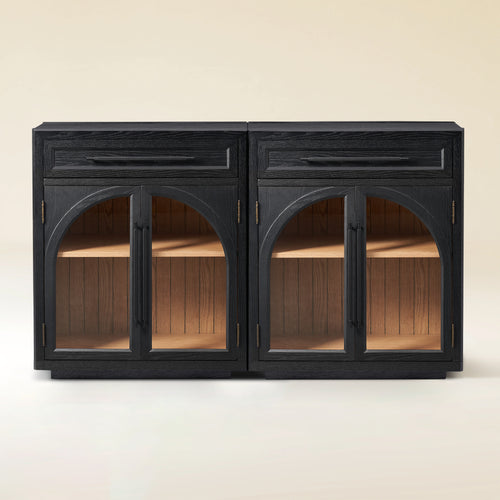
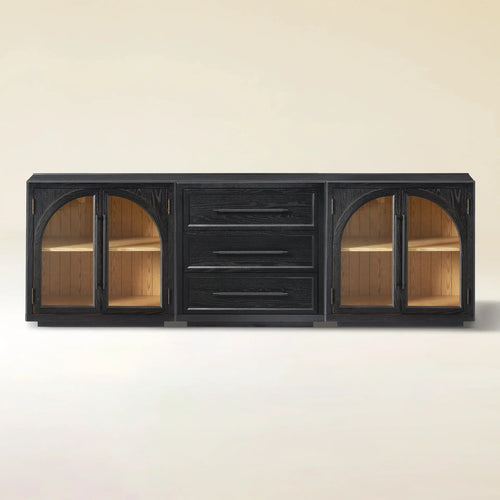
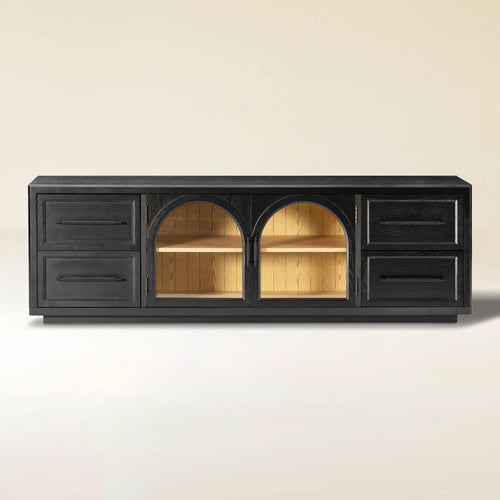
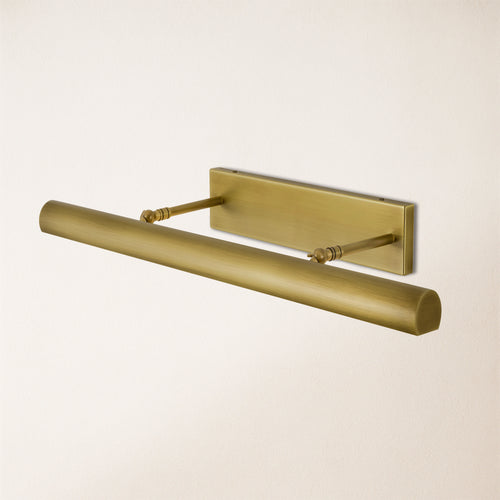



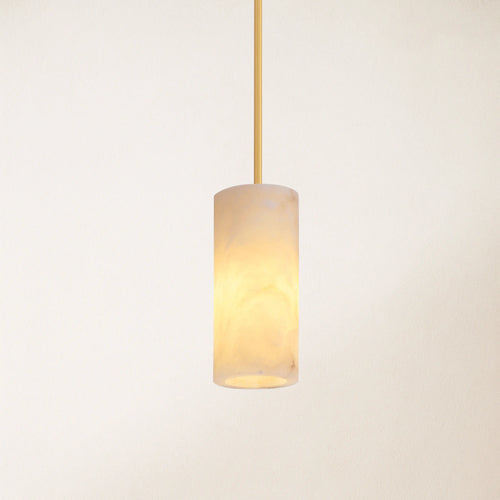
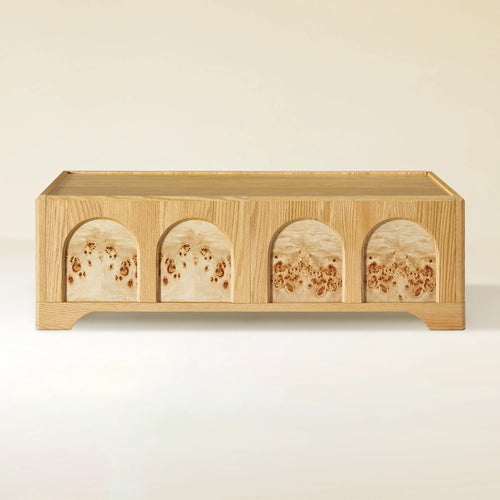
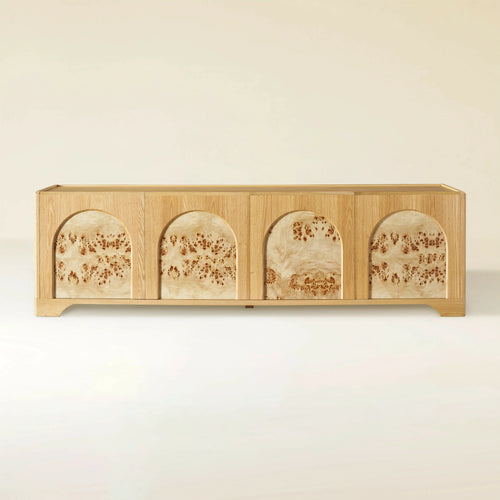
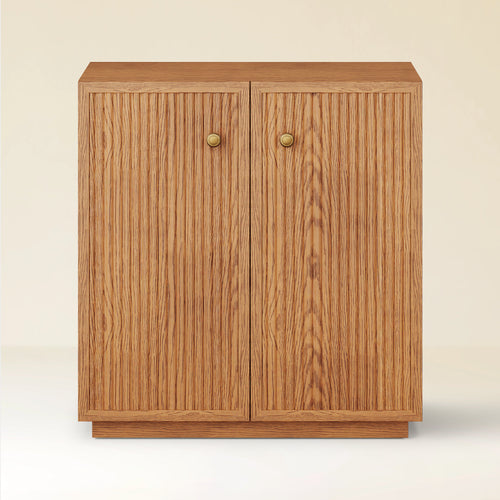
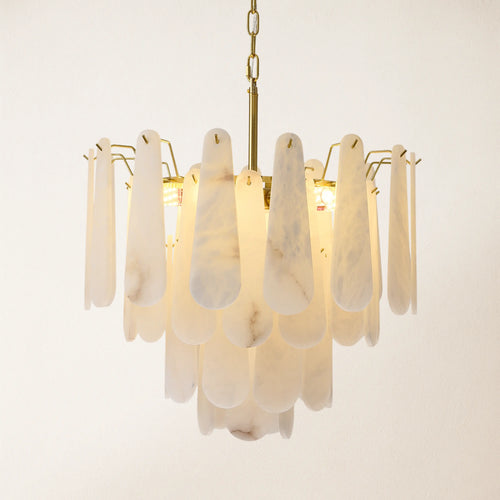
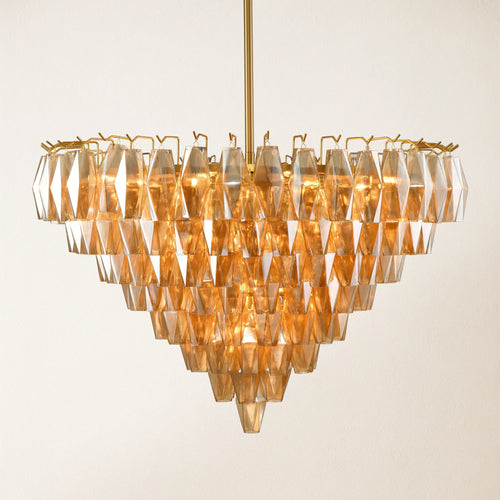
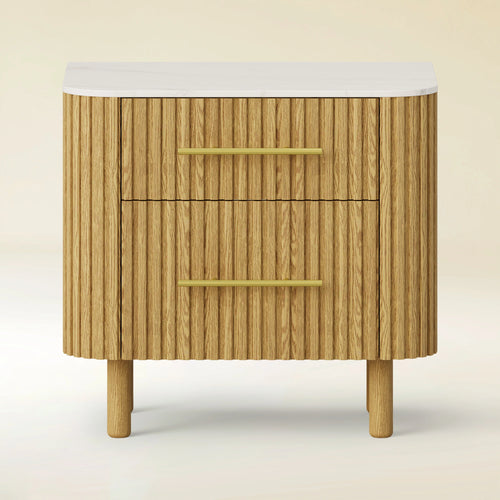

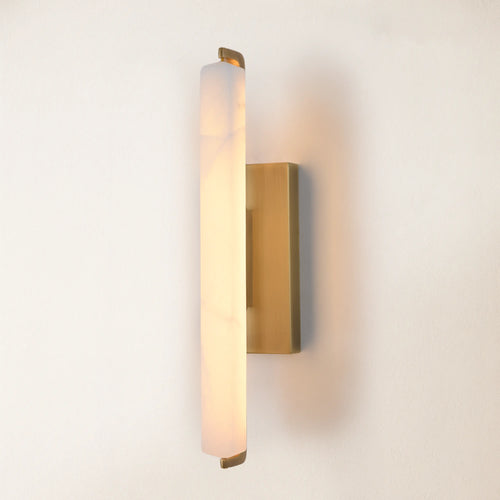
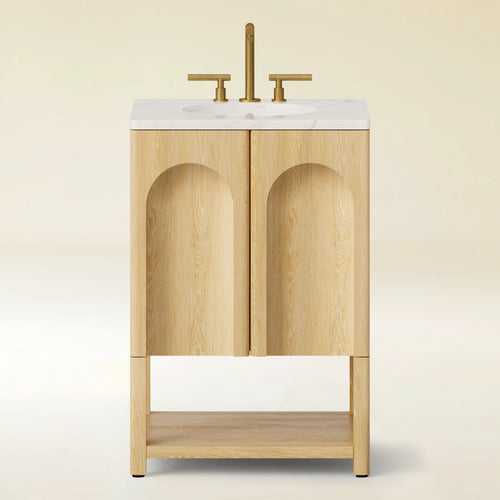
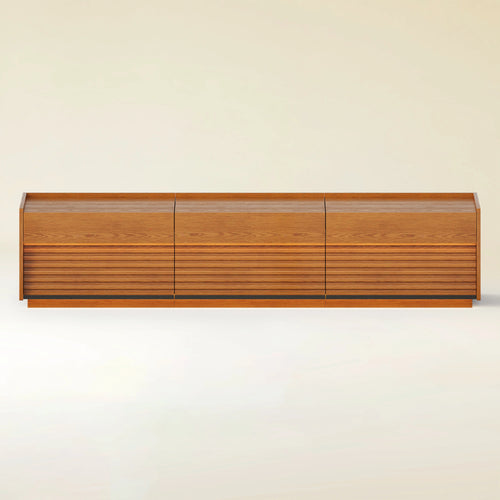
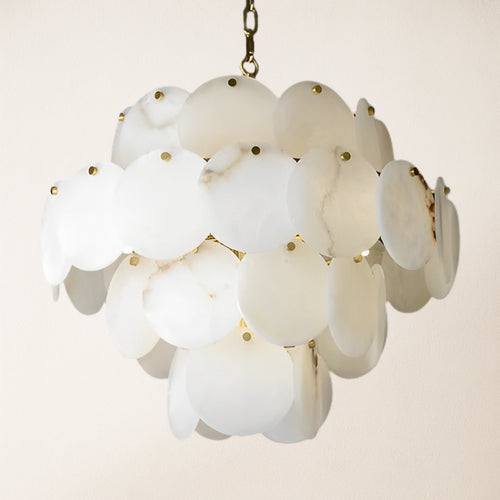
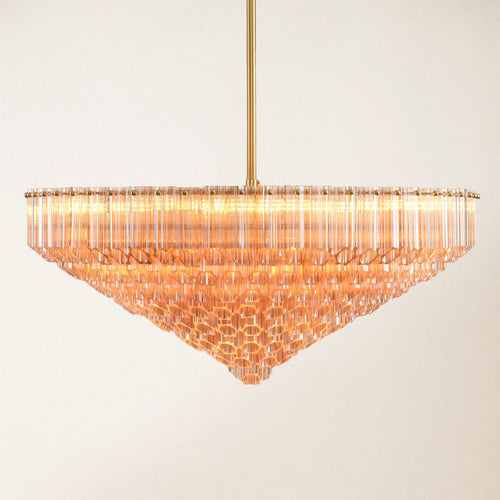
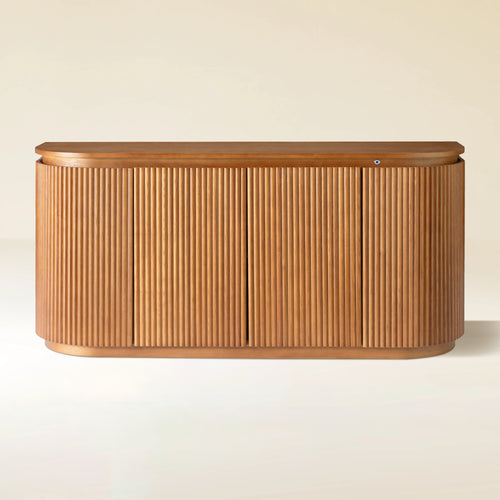

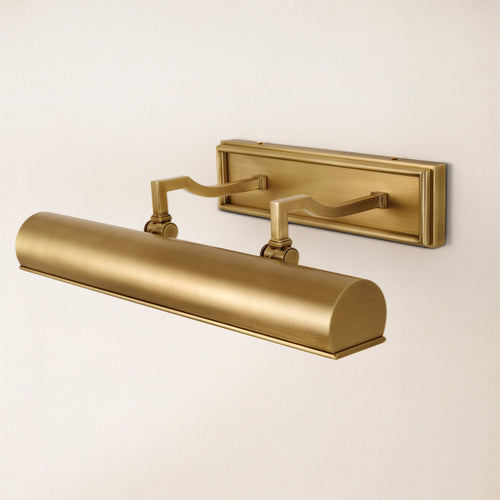

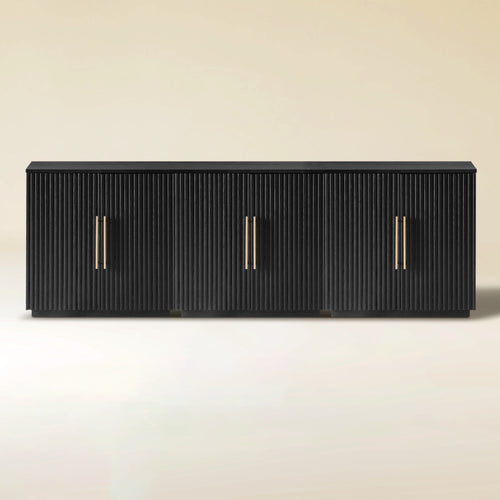
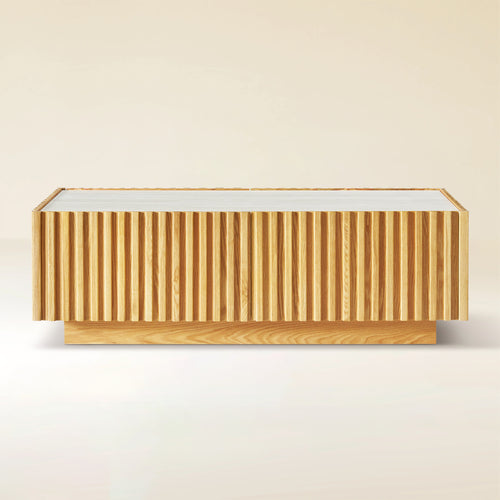
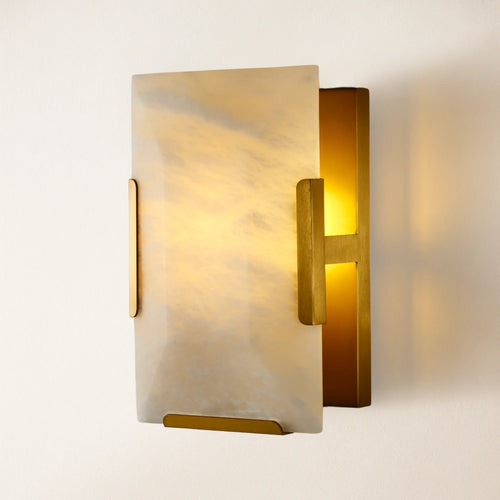
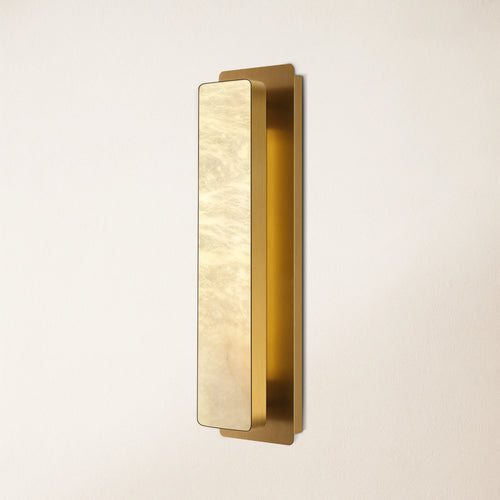
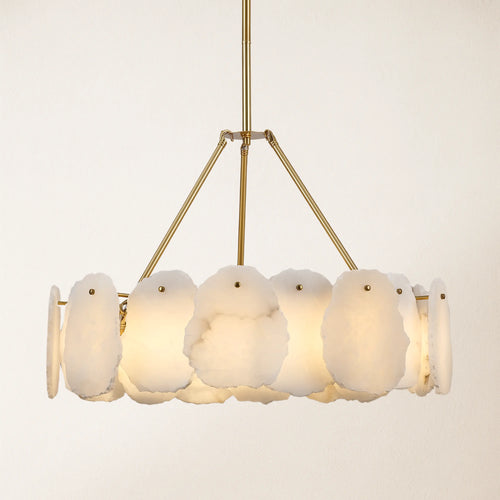
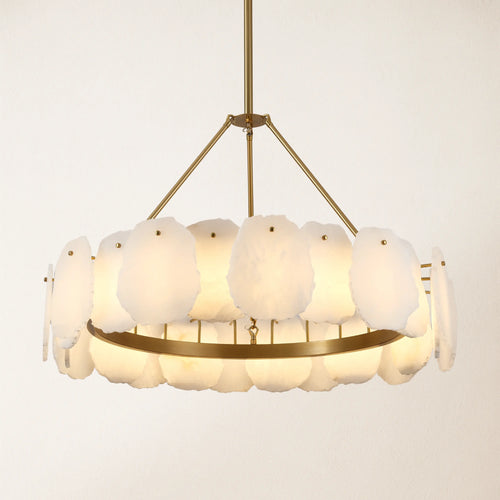
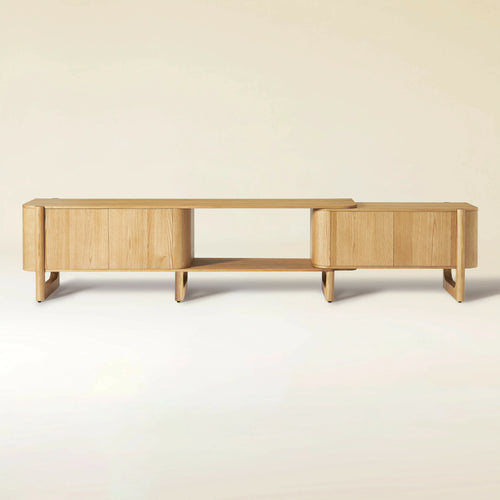
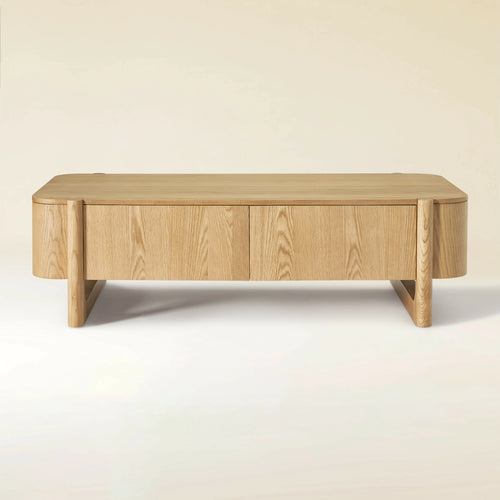
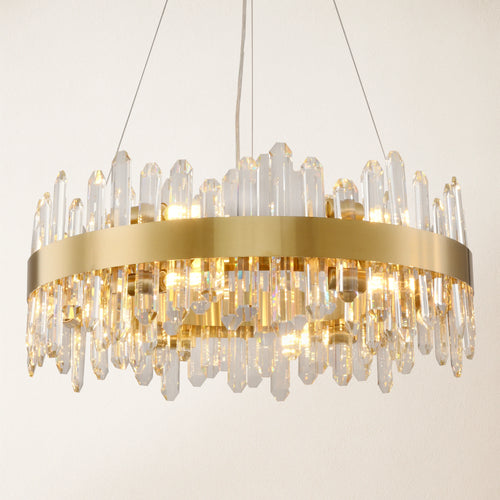


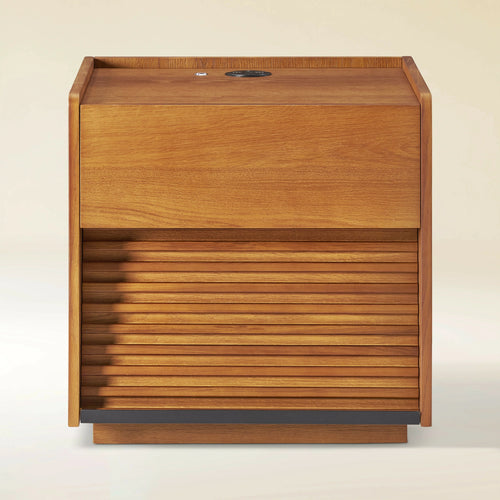
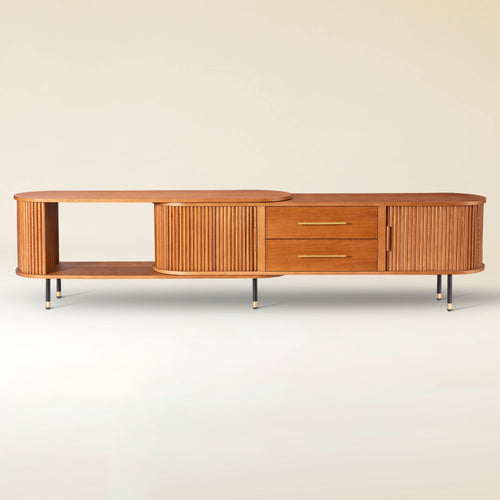

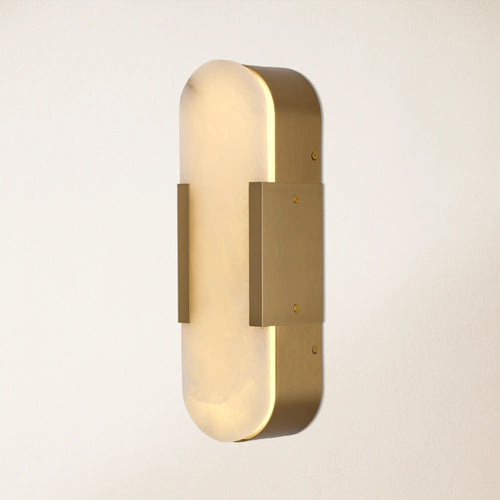
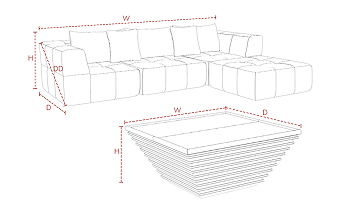
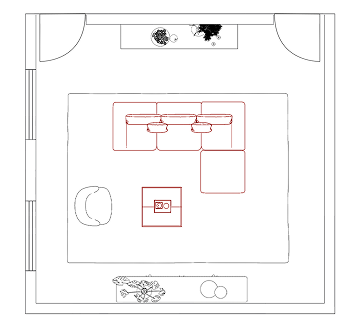
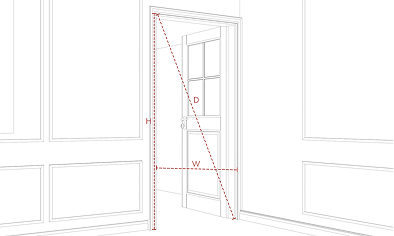
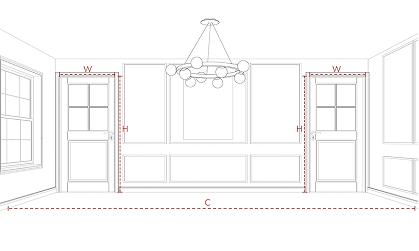
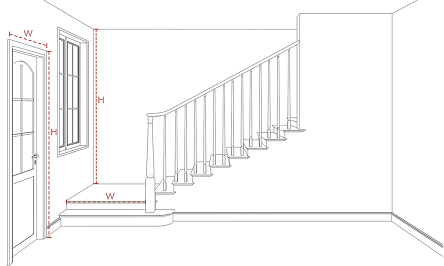
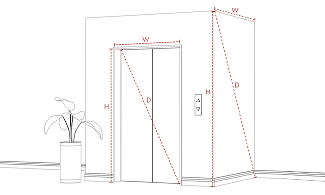
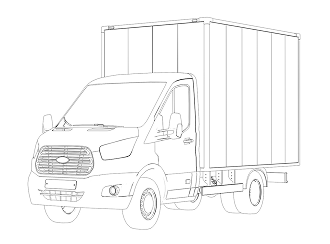












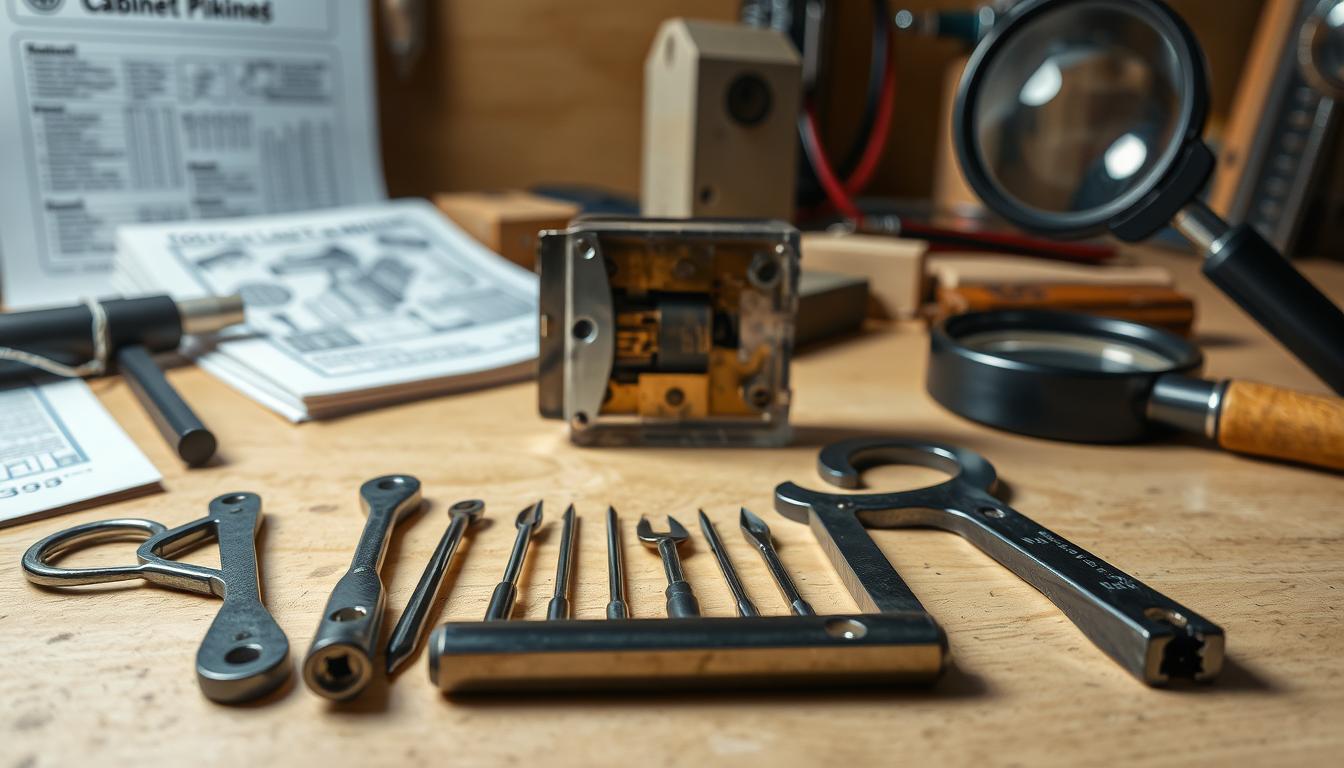
Share:
How to Make Cherry Cabinets Look Modern | Kitchen Updates
How to Pick Kitchen Cabinets: A Complete Guide